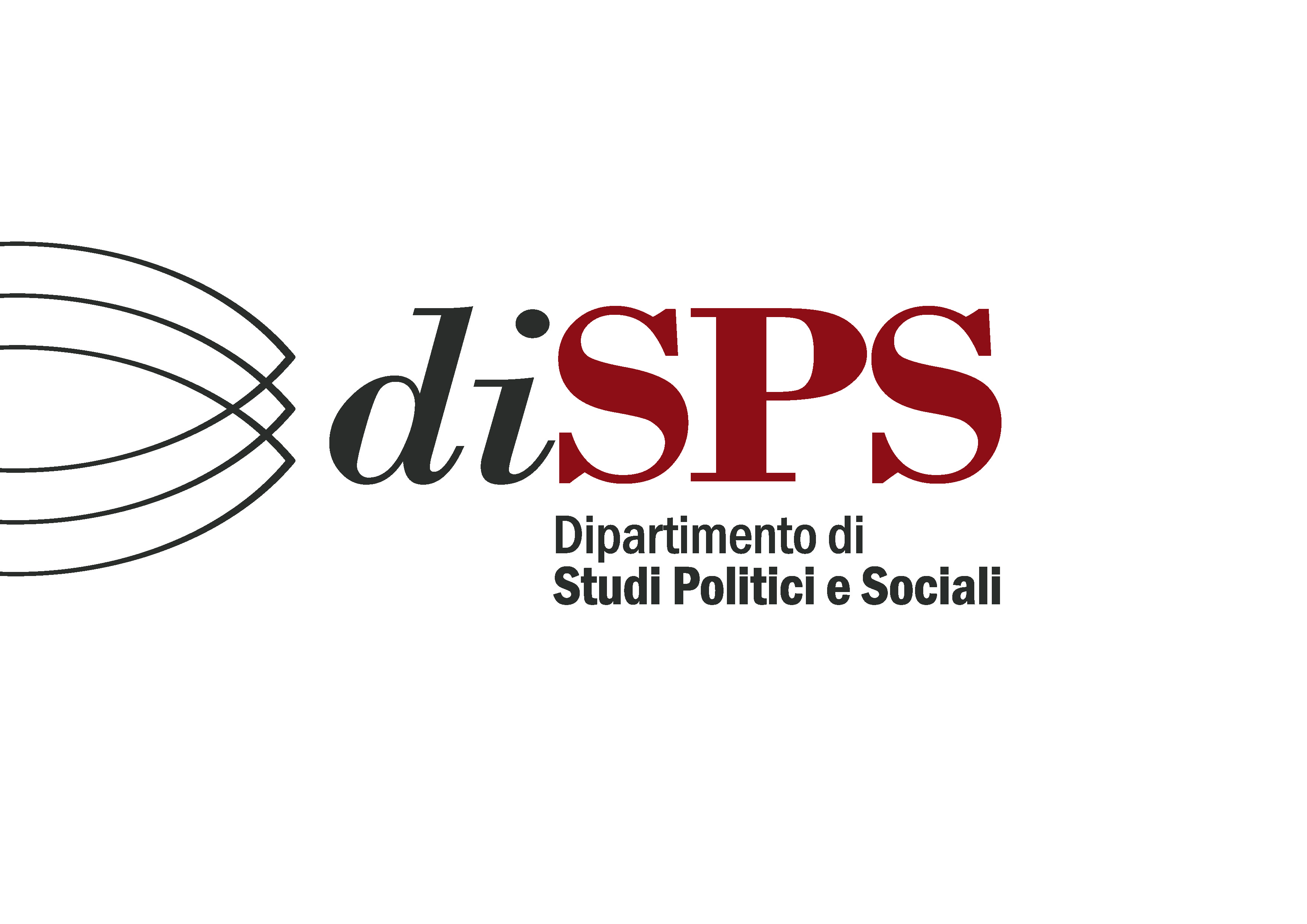Working Papers CSE Anno 2018
Belarus and the European Union. From confrontation to the dialogue.
Larissa Titarenko
Condividi
Abstract
Republic of Belarus as an independent state appeared on the map of Europe only in 1991, after the collapse of the Soviet Union. Currently, Belarus is a middle-size country on the borderland between the European Union and Russia. Although politically Belarus is independent, it takes part in the political and economic unions within the post-soviet region, such as Eurasian Economic Union. Belarus is also in the bilateral union with Russia. Therefore its foreign policy depends on these Unions. From 1994 when the country turned from the Parliamentary to the Presidential Republic, an authoritarian political regime of Alexander Lukashenko has been established: conservative in domestic issues and politically oriented to Russia. This political factor influences Belarusian foreign policy. Belarus participated in the Wider Europe and Eastern Neighborhood Program, being an outsider in both programs because until recently both sides, Belarus and the European Union, prioritized their own interests and did not make any political com-promises. Under the influence of recent political and economic changes in the region (protracted economic crises, escalation of Russian-Ukrainian conflict after 2014 Maidan revolution, long-lasting Western anti-Belarus political and economic sanctions) Belarus has started a new wave of post-soviet transition. Still being nationalistic and paternalistic, the country is becoming more open to the West and making steps forward the European Union. For this reason, in 2015 most of the Western political and economic sanctions were suspended, and the relationship between the European Union and Belarus got improved. It is still unclear what will be the next steps in the EU-Belarus affairs. However, geopolitical position of Belarus as a borderland between the East and the West makes it necessary to promote multilateral policy and develop political, economic and cultural dialogue with the European Union.
Keywords
Belarus; European Union; foreign policy; bilateral relations; economy; sanctions; dialogue.
Full Text: pdf
Doi: 10.14273/unisa-952
References
Analytical Overview # 3, September 2012. Warsaw, Analytical Belarusian Center, 2012.
Association Agreements of the European Union with Georgia, Moldova and Ukraine. Electronic resource: https://en.wikipedia.org/wiki/Futu-re_enlargement_of_the_European_Union-cite_note- Reuters_Sep_25. 2 pages_2014-10
Bauman Z. (2011), Back to the future // ITOGI. Electronic journal. Assessed 16.05.2011 (Бауман З. Назад в будущее //Итоги. 16.05.2011) In Russian.
BelaPAN. MFA on the Relations with the European Union, Both Sides Have Lists of Claims. Electronic resource: http://naviny.by/rubrics/eu/2012/10/18 Accessed 18 October 2012.
Belarus’ MFA: Visa facilitation agreement with EU cannot be signed without readmission agreement. Electronic resource: http://www.eng.belta.by/politics Accessed 01.06.2017.
Belarus, EU may initial readmission agreement this year. Electronic resource: http://eng.belta.by/politics Accessed 21.06.2017
European Integration Index for Eastern partnership countries. Open Society Foundations, May 2012.
Feduta A. Lukashenko (2005), Political biography. Mosco (Федута А.И. Лукашенко: политическая биография. Москва, 2005).
Freyburg T., Lavenex S., Schimmelfennig F., Skripka T., Wetzel A. (2011), Democracy promotion through functional cooperation? The case of the European Neighbourhood Policy, in «Democratization» 18, 4, pp. 1026-1054.
Gazeta.ru: Lukashenko terminated dollars. Electronic resource. http://www.msn.com/ru-ru/news/other. Accessed 23.06.2017.
Ηantingtοn S.P. (1996), The Clash of Civilization and Remaking the World Order, New York, Simon and Schuster.
History of Belarus, edited by Ya.Novik and G.Marcul. Part 1. Minsk, 2000 (Гісторыя Беларусі. Пад ред. Я.Новіка і Г.Марцуля. Ч.1. Мн., 2000). In Belarusian.
Kondakov I.V. (2007), Culture of Russia: brief overview of history and theory, Moscow (Кондаков, И. В. Культура России: краткий очерк истории и теории. М., 2007) In Russian.
Korosteleva E. (2017), Eastern Partnership: bringing the political back, in «Eastern European Politics». Special issue “Politics and the Political of the Eastern Partnership Initiative: reshaping the agenda”, 2017 September. Electronic resource. Http://www.researchgate.net/publication/317661328.
Law of the Republic of Belarus ”On freedom of consciousness and religious organizations”. Minsk: Pravo, 2002. (Zakon (2002) Respubliki Belarus’ «O svobode veroispovedaniy I religioznyh organizatsiyah»”. Minsk: Pravo.) In Russian.
Lithuanian Seim demands to turn to Poland, Latvia and Estonia in regard to Belarusian Atomic Station(V litovskom seime prizyvajut obratitsja k Polshe, Latvii I Estonii po povodu BelAES. 2017.) Electronic source: http: //news.mail.ru/politics/30153465/?frommail=1. Accessed 22.06.2017 In Russian.
MFA Belarus called the ambassador of Lithuania for explanations (МИД Беларуси вызвал посла Литвы для объяснений). Electronic resource: https://news.mail.ru/politics/30001805/?frommail=1 Accessed 07.06.2017.
MIA (2017), Agreement between Belarus and EU on readmission fully harmonized. Electronic resource: http://belsat.eu/en/news/mia-agreement-between-belarus-and-eu-on-readmission-fully-harmonized. Date of ac-cess 19.12.2017.
National composition of the population of the Republic of Belarus (Нацио-нальный состав населения Республики Беларусь) Electronic resource: http: //belstat.gov.by/homep/ru/perepic/p5.php Accessed 12.06.2017 In Russian.
Novikova L.G. (2001), Religiosity in Belarus on the border of centuries: tendencies and peculiarities of development (sociological aspect), Minsk, BTN-Inform (Новикова Л.Г. Religioznost’ v Belarus na rubezhe vekov: tendentsii I osobennosti proyavleniya (sotciologicheskiy aspect). Minsk: BTN-Inform, 2001). In Russian.
Orlov V., Saganovich G. (2001), Ten centuries of Belarusian history. Events. Dates. Illustrations. Vilnius (Орлов В., Саганович Г. Десять веков белорусской истории (862- 1918): События. Даты. Иллюстрации. Вильня, 2001). In Belarusian.
Parsons T. (1951), The Social System, New York-London, Free Press.
Proleskovskiy O.V. (2011), Conterposition to the manipulation technologies, in «Belaruskaya Dumka» 3, pp. 47-51 (Пролесковский, О В. Противодейcтвие технологиям манипулирования // Беларуская думка 2011, №3, с.47-51). In Russian.
Titarenko L.G. (2016), Republic of Belarus: Flows and Tendencies in Migration Processes, in I. Liikanen, J. Scott, T. Sotkasiira (eds.), The EU’s Eastern Neighborhood. Migration, Borders, and Regional Stability, London-New York, Routledge, pp. 168-181.
The World Factbook. Belarus. Electronic resource: https://www.cia.gov. Accessed 12.06.2017.
World Report 2016. Electronic resource: http://www.hrw.org
Zaprudnik J. (1993), Belarus: At a Crossroads in History, New York, Westview Press.
Zaprudnik J. (1996), Belarus on the historical crossroad, Minsk (Запруднік, Я. Беларусь на гістарычных скрыжаваннях. Мн., 1996). In Belarusian.


